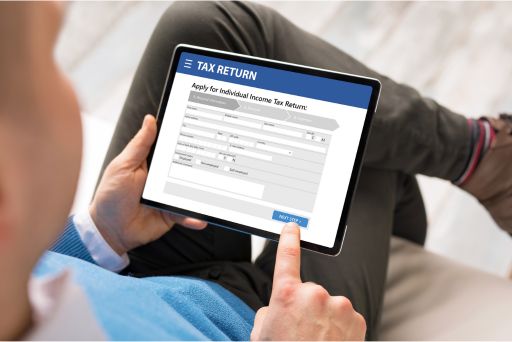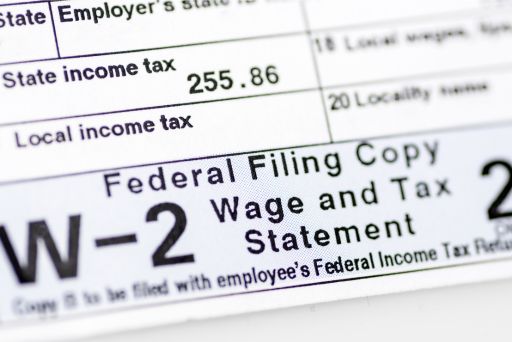So you’ve reviewed your website and got it looking top-notch? That’s great! The next step in improving your online presence is to perform a quarterly social media audit. Here is a quick checklist for doing that:

- Make a list of all social media accounts that your business is part of and plan to update each account. Note any specific edits that you’ve been meaning to fix and haven’t yet.
- While you’re doing this, make a list of all usernames and passwords and store them in a safe place. Update your passwords as needed and share them with the correct people in your company.
- Make sure all links on your website and newsletter work properly and are directed to the correct account. Only display links of accounts that are actively managed.
- Check all contact information: make sure phone numbers, emails, links to websites, and addresses are current on all accounts. Refresh your “about” page(s) and business description as needed.
- Update all cover photos with a fresh look and make sure any important information isn’t hidden behind profile pictures. Your cover photos should show the benefits of your product or service, have a call to action, or show happy people with your product or logo. Check out this complete list of social media cover photo sizes before you begin designing.
- Create an editorial calendar for your team. It should include a consistent posting schedule for all social media accounts. A good rule of thumb is to update your Facebook page at least once a week, Twitter once a day, Instagram two to three times a week, and Pinterest at least once a week. Ideally, a member of your team could manage all social media accounts and post even more than that. A great resource for scheduling your social media posts from all accounts is Hootsuite.com.
- Place a call-to-action on your social media accounts. You can use Facebook to share an “offer” (maybe a free month of your service or a coupon for your followers); post a few quick tweets asking followers to sign up for your newsletter, or include a link in your social media posts that simply directs traffic to your website.
- Plan contests, sales, discounts, and giveaways for the year and advertise them through social media. All of these things should be announced and advertised in advance, and then include an extra push on social media while the sale or giveaway is occurring.
Not only do refreshed and well-maintained social media accounts keep your business image looking sharp, they help you engage with your followers, learn about your audience, and interact with current and potential customers on a personal level.
Read the rest of the series here and here.
Other posts that might interest you
4 Low Cost and Low Risk Ways to Grow Your Team
Planning Your Summer Marketing Efforts Part 1: Who, What, When, and Where
Planning Your Summer Marketing Efforts Part 2: Celebrating Holiday and Events
Planning Your Summer Marketing Efforts Part 3: Cheap Advertising Tips
How To Attract the Right Talent For Your Company
Quick Money Management Tips to Build Your Business
Plan for Holiday Success by Hiring Seasonal Employees





















